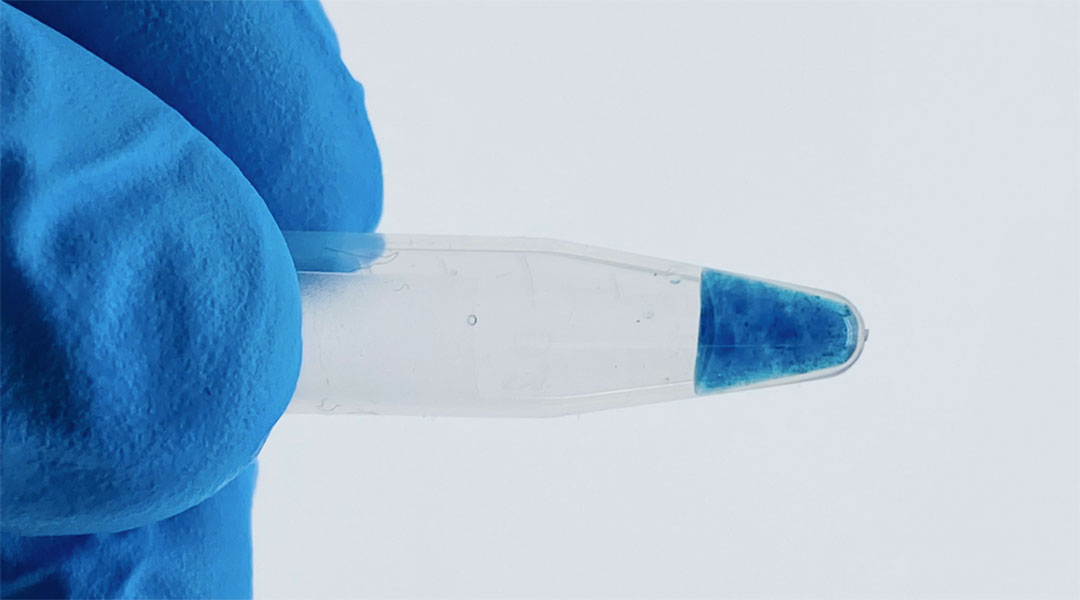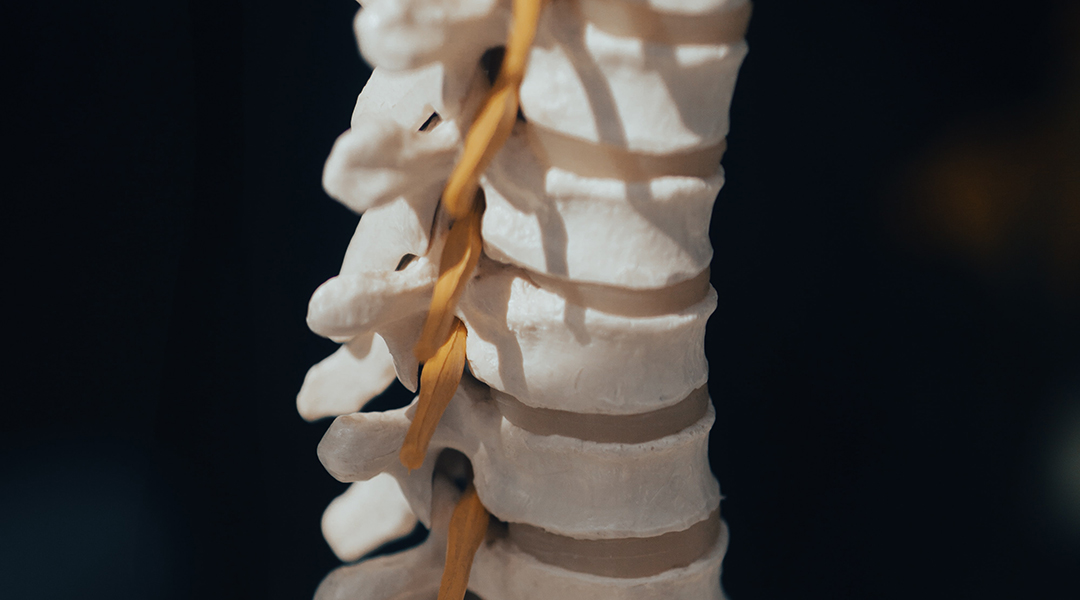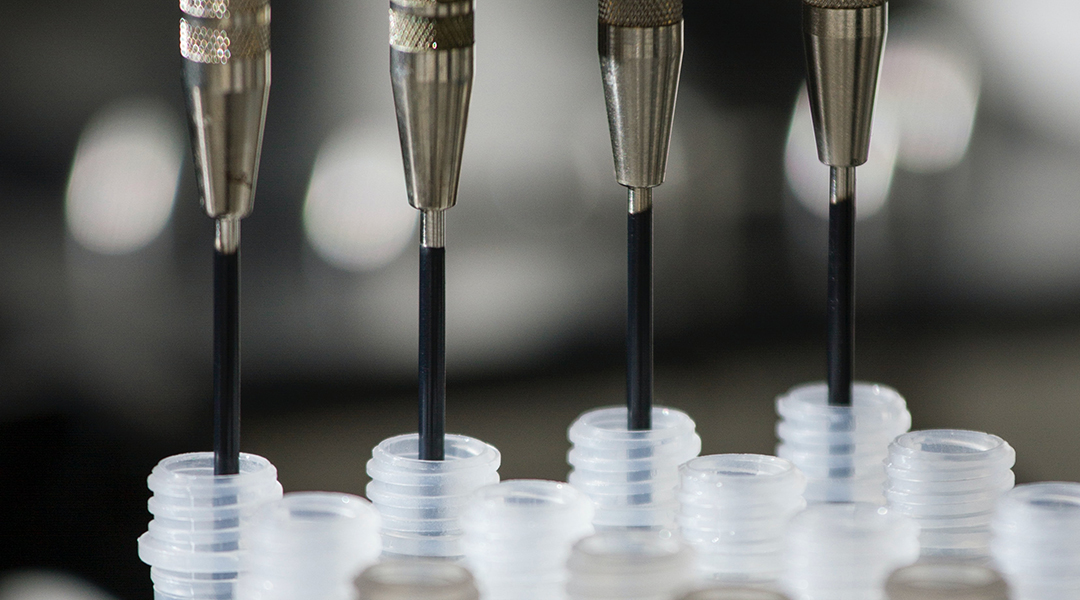Compared to other platforms, this new “on-a-chip” system allows membrane proteins to be studied in their natural state.


Compared to other platforms, this new “on-a-chip” system allows membrane proteins to be studied in their natural state.

A new hydrogel platform helps monitor chemotherapies in the body in real-time, allowing their side effects and potency to be better understood.

Scientists are turning to C. elegans for biobot designs, guiding their movement through reconfigurable microtopographies.

Understanding how a completely different neural structure achieves the same function as the human brain opens up possibilities for designing new types of AI systems.

In patients with spinal cord injury, an implanted neurotransmitter restored their ability to walk, but underlying reasons were unexpected.

Stimulating neuron growth using a new mRNA therapy, researchers hope to treat chronic pain caused by disease, injury, or chemotherapy.

New research inspired by “viral factories” shows the potential of encapsulating target molecules in membrane-free compartments.

Artificial enzymes could help bring down the manufacturing costs of different medications, making them more available to patients.

A new class of artificial blood vessel better mimics its natural counterparts and gets incorporated as a living vessel in the body after implantation.

Check out atomic glimpses of graphene ribbons, double bubble microspheres, and a solar evaporator made from bone.